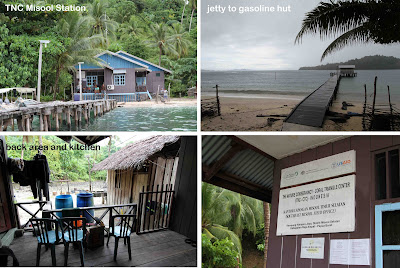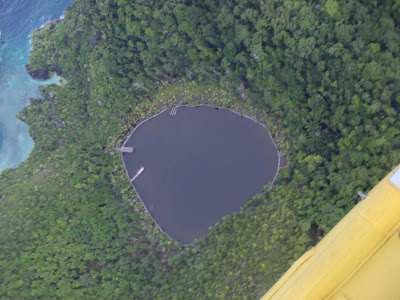Looking back on the expedition it’s been tough work of long days in the field and long nights processing samples, but it has been immensely satisfying. We will return home with a computer full of data!
We’re very grateful to the great team at the TNC research station and at Papua Diving. They supported us in many ways and it was so nice to see how everybody got completely involved in the project – it clearly was not only an adventure for us, everybody got a kick out of discovering new lakes in islands that none of us had been to before!
If you’re coming to this blog for the first time and want to read the entries in chronological order, you’ll have to start at the bottom.






